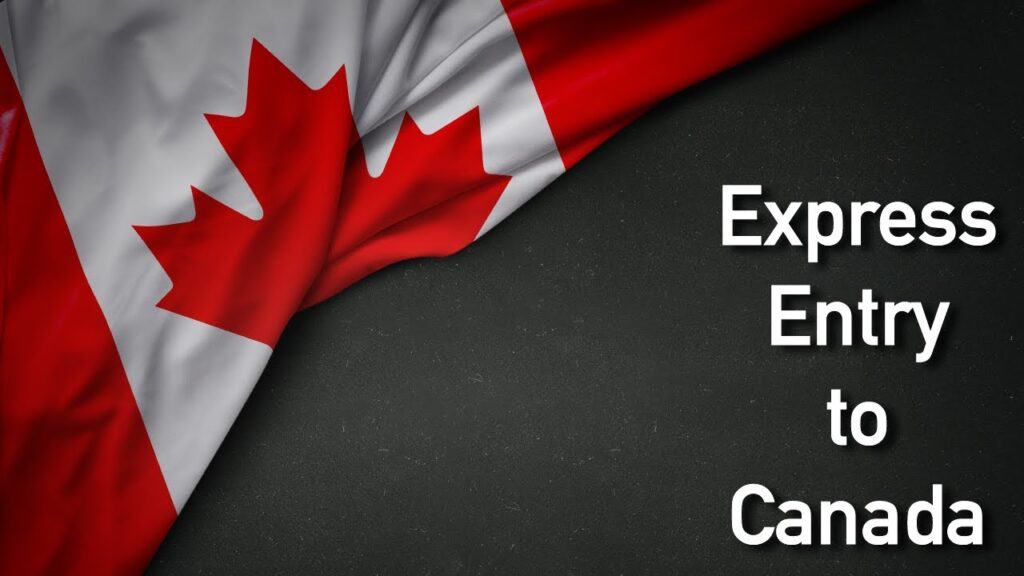ANALYSIS: Despite the Covid pandemic, Canada is on target to break its Express Entry record.
Canada is on pace to provide 100,000 or more Express Entry invitations in 2020.
This would be momentous, considering the negative effect that COVID-19 is having in Canada and around the globe.
Before Canada forced travel limitations in March 2020, immigration minister Marco Mendicino declared the country would target 341,000 new perpetual resident admissions in 2020.
Actually, Canada’s Immigration levels Plan 2020-2022 set an objective to welcome 91,800 migrants to Canada by Express Entry.
Express Entry is the fundamental way Immigration, Refugees and Canada (IRCC) arranges economic class immigration applications. The economic class accounts for almost 60% of all new migrants welcomed by Canada every year.
By the center of March, Canada acknowledged it was required to actualize particular measures to control the Covid, which meant limiting entry into the country. This has consequently in notable uncertainty for the immigration system. In April 2020, Canada’s immigration levels plummeted, and they still remain less.
Furthermore, numerous people who have previously acquired affirmations of perpetual residence (CORPs) can’t go to Canada right now for a different causes. For example, certain people have ended COPRs and can’t go to Canada. Besides, individuals who received their COPR after March 18 are presently prohibited from coming to Canada because of travel limitations.
However, the continuing Express Entry draws that have occurred on a bi-weekly premise since the beginning of the pandemic have been a pleasant astonishment.
Though there was conviction toward the beginning of the pandemic that Express Entry draws might be temporarily stopped or they would see less invitations provided, the specific inverse has happened.
Rather, we are seeing record-breaking Express Entry draws with Canada vehemently showing it still plans to welcome high levels of immigration after the pandemic is finished.
On October 14, Canada held its biggest Express Entry draw ever.
The draw marked one of only two opportunities which Canada provided Invitations to give application (ITAs) for permanent residence to 4,500 Express Entry applicants. These applicants will presently have the option to apply for permanent residence and, in case they are abroad at that time, these applicants will have the option to live a life in Canada once Covid travel limitations are finished for COPR holders.
Up until now, Canada has provided 82,850 Express Entry ITAs this year. Recently, draw sizes have seen among 3,900 and 4,200 invitations provided on every draw.
In case things work out as per to plan, IRCC will also manage Express Entry draws on October 28, November 11, November 25, December 9, and December 23.
In case IRCC invites 3,900 applicants in every one of the remaining five Express Entry draws by 2020, then it will provide a total of 102,350 invitations by the last of this year.
Even if draw sizes are little, and IRCC provides an average of 3,500 ITAs per draw, Canada will still now surpass 100,000 ITAs by the last of 2020.
So, what does this all mean?
Once more, it shows Canada is committed to welcoming more migrants to help its economy, in spite of the disruptions reasoned by COVID-19.
It also demonstrates that IRCC trusts it will have the option to process permanent residence applications within a suitable period of time. IRCC’s processing criteria for Express Entry is 6 months or less for 80% of applications.

Any may also read in the middle of the lines and accept that the bigger draws are an indication that IRCC expects successful applicants will have the option to enter Canada in 2021, otherwise, what is the advantage of inviting them to apply for permanent residence right now?
Another chance is that IRCC is holding bigger draws since Canada has temporarily decreased its refugee intake because of the pandemic. Canada was planning to welcome almost 50,000 refugees in 2020 but this will no longer be the situation.
The bigger draws may also be a function of other economic class programs, for example, the Provincial Nominee Program (PNP), Quebec’s immigration programs, and other federal programs, also decreasing short of their immigration goals in 2020 because of COVID-19.
One thing is without a doubt. That is, IRCC will furnish us with a more clear image of their Express Entry goals when they declare their 2021-2023 Immigration Levels Plan at the last of October.
Given the current record-breaking Express Entry draws, it appears to be progressively likely that Express Entry and overall immigration goals will remain high in 2021 and beyond.

